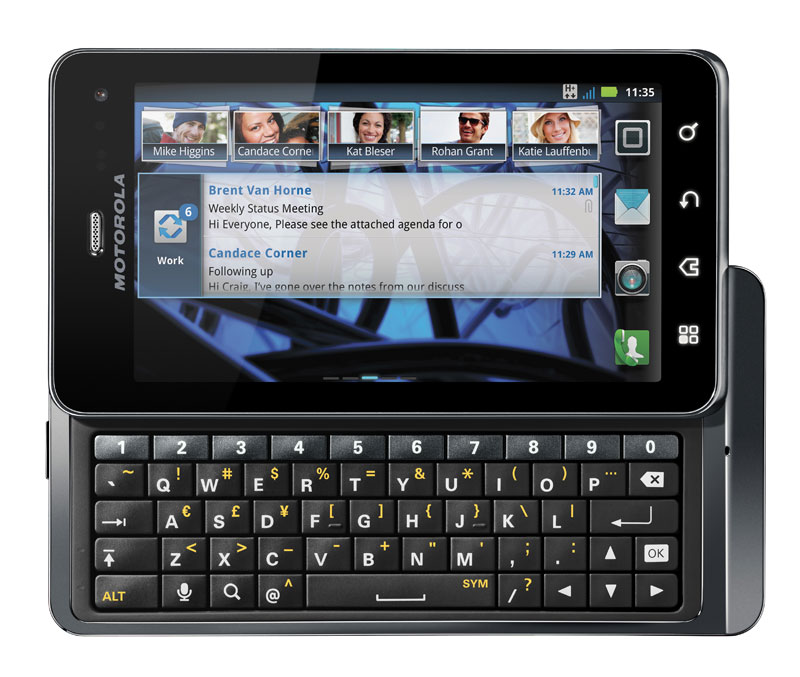Last Updated on July 19, 2022 by Mathew Diekhake
These are the steps to root the Motorola Milestone 3 smartphone using the Bin4ry method. The latest version of the Bin4ry rooting script works for both Windows users and Unix system.
Unix is part of the Linux operating system. Basically it should work well with all Linux distributions, including the most common operating systems like Debian and Ubuntu.

Files You Need
- Download the Bin4ry rooting script for the Milestone 23 from this page.
- Download Koush’s universal ADB Driver from this page.
- You are voiding the Motorola warranty when you choose to root the Milestone 3 smartphone. You can flash the Milestone 3 stock ROM back on the device and it will unroot the device. After the unrooting process is complete the warranty will start working again.
Rooting the Motorola Milestone 3
- Take a backup of your data before you start this guide. Using the Bin4ry exploit will wipe your data, so you must take a backup first. That way you can restore your data later.
- Turn on the Developer Options by tapping on the Menu > Settings > About Device > Build Number at least seven times until it says you are now a developer on the device.
- Turn on the USB Debugging Mode by tapping on the Menu > Settings > Developer Options > USB Debugging Mode. Leave the Developer Options and the Milestone 3 smartphone will remember your preferences.
- Extract the Bin4ry file on the desktop by right-clicking over the file and choosing the “extract here” option.
- Connect the Milestone 3 smartphone to the computer with the USB cable.
- Double-click over the RunMe.bat file and the program will open on your desktop.
- Follow the on-screen commands from the Bin4ry script and it will complete the task of rooting your Motorola smartphone.
- Make sure you reboot the Milestone 3 handset before you attempt to install your apps from the Google Play Store.
That’s all.
Open the Google Play Store application from your Milestone 3 smartphone and install the basic root checker app. Open the root checker app after it finishes downloading and grant the app Superuser access if it requests it. Follow the commands to test if your device has root access. Start the steps again if it says you are not using a rooted device. Those of you who do have root access can open the Google Play Store again and start installing your root-requiring apps.
